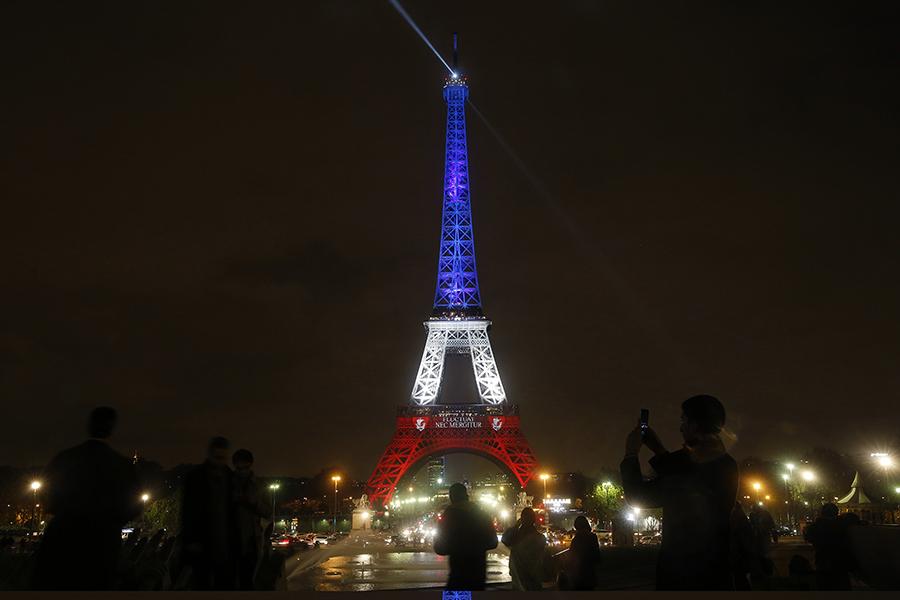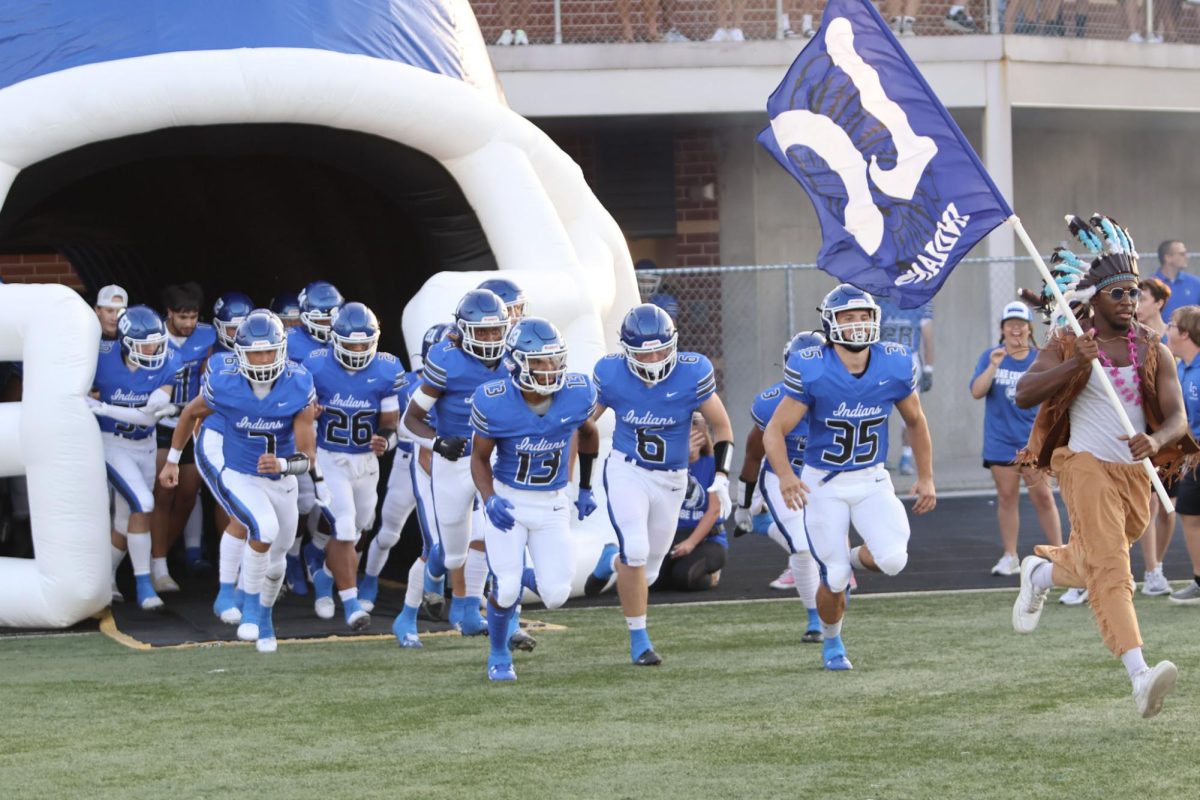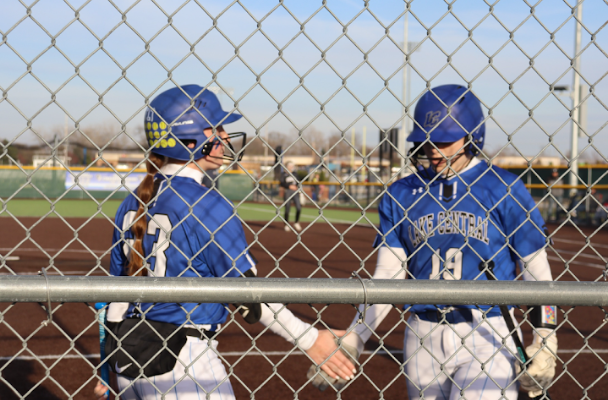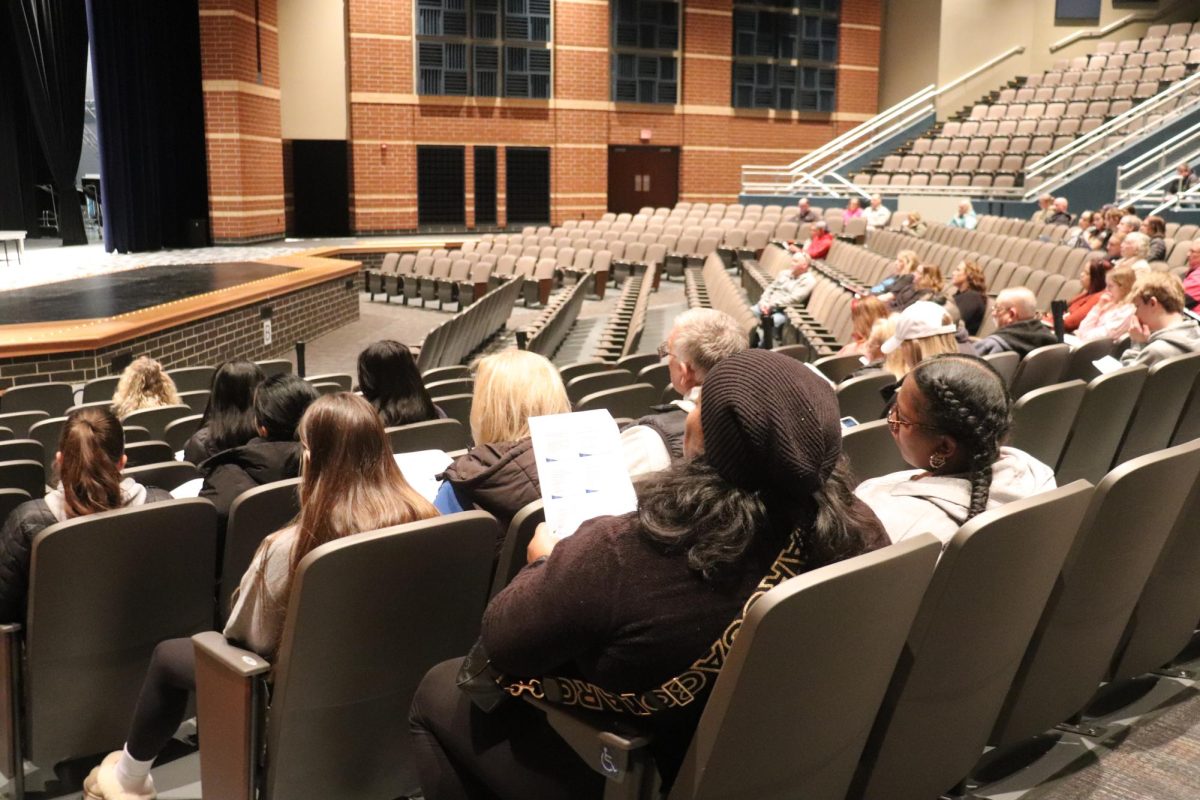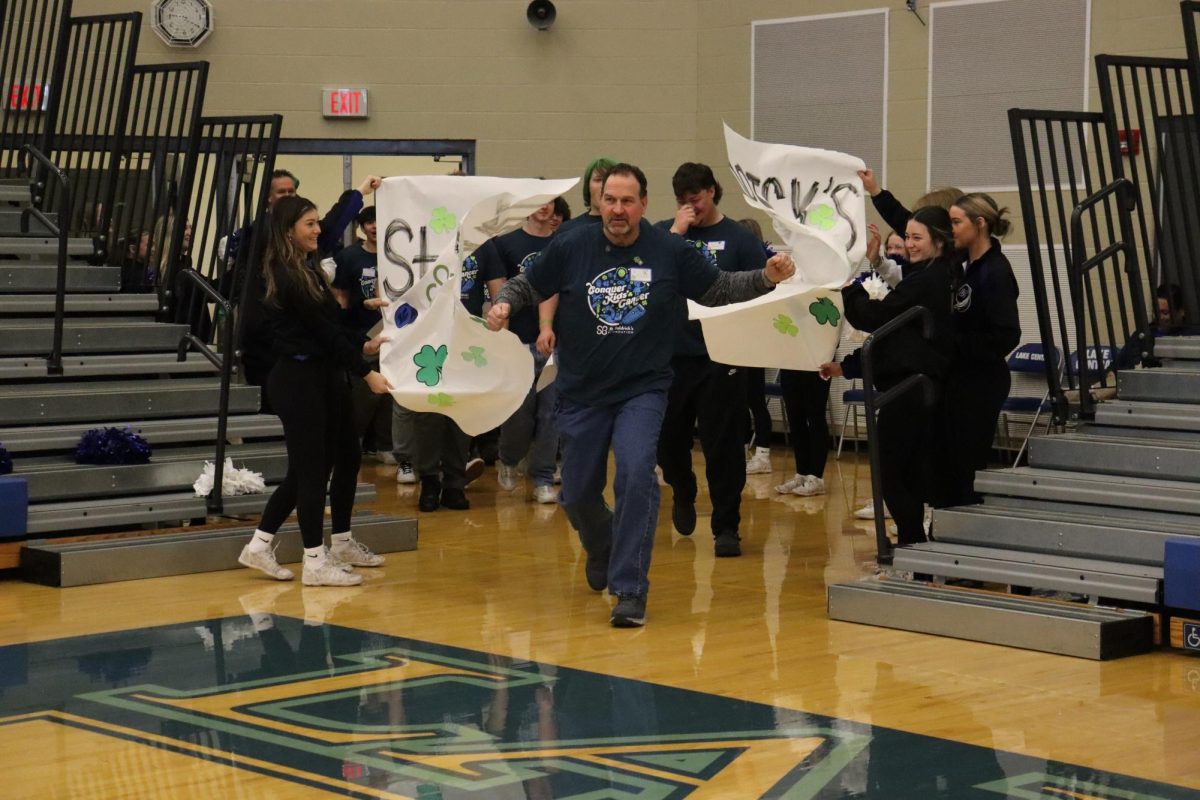The city of Paris underwent a series of fatal terrorist attacks on Friday, Nov. 13. Six attacks were carried out, each in different locations, resulting in the death of at least 129 people and the injury of about 352 people.
The first attack was a bombing at the international soccer game between France and Germany, killing one. More attacks took place in the central part of Paris: on the streets, at two bars, at one restaurant and in a pizzeria. The gunmen proceeded into these locations all-too-nonchalantly, targeting individuals as they enjoyed their Friday night out. From these attacks, at least 40 people were killed.
The most deadly encounter was at the Bataclan concert venue in Boulevard Voltaire where at least 89 people died. At the time of the attack, the American band known as Eagles of Death Metal played at the venue with an audience of 1,500. Three gunmen suited with AK-47s and suicide jackets entered the site methodically firing at people in the crowd, holding siege for two hours and 40 minutes. Twenty minutes past midnight a SWAT team arrived, evacuating as many people as they could. Soon after, they advanced upstairs to where the terrorists held about 20 hostages. The attackers were killed on scene.
After ISIS claimed responsibility for the attacks, France carried out a series of airstrikes on Raqqa beginning Sunday and other airstrikes on ISIS locations in Syria.
Hundreds of French citizens mourned together at the Notre Dame Cathedral on Sunday followed by a national two-minute silence in honor of those who died. People around the world showed their support for France on social media with empowering words, images and hashtags. Monumental buildings and statues across the globe have lit up with the colors of the French flag. Some of the monuments included the World Trade Center in New York, the Sydney Opera house, London’s tower bridge and Christ the Redeemer statue in Brazil.



